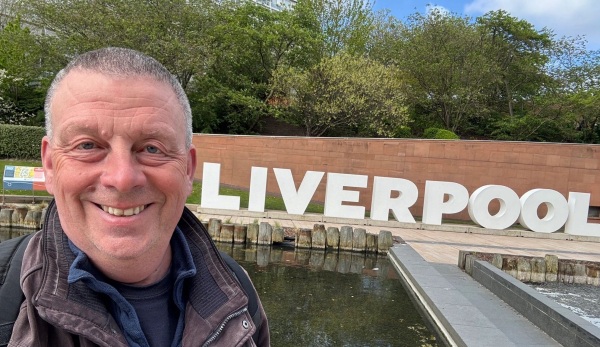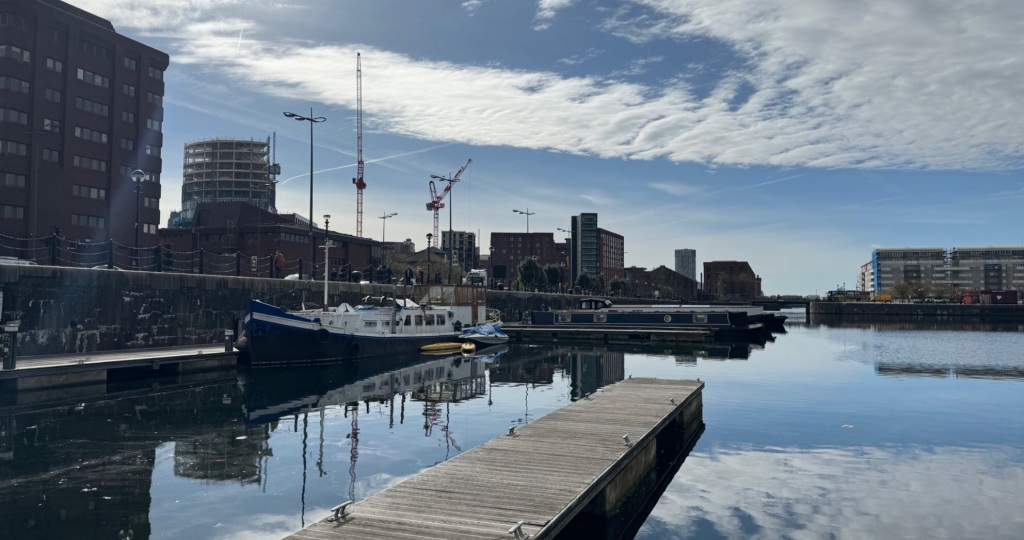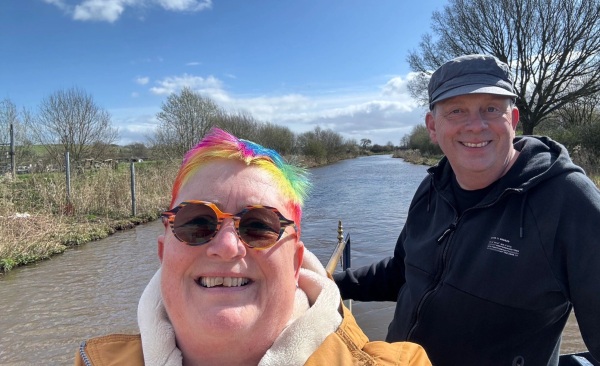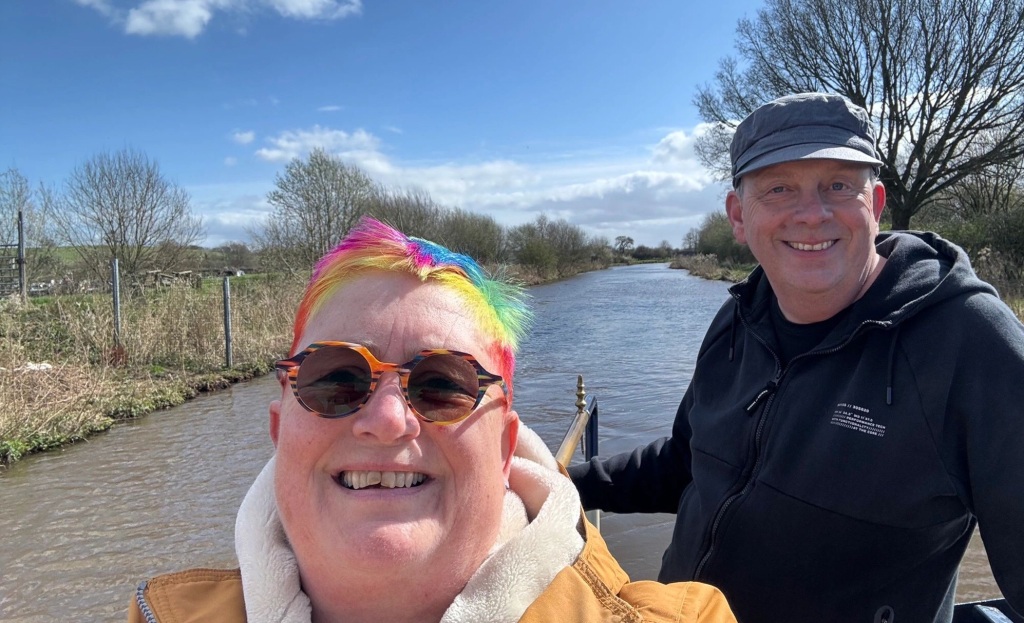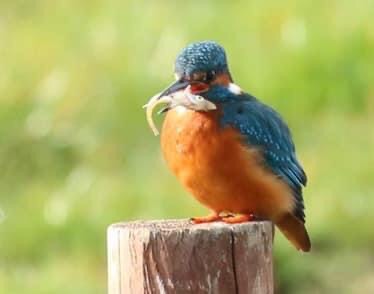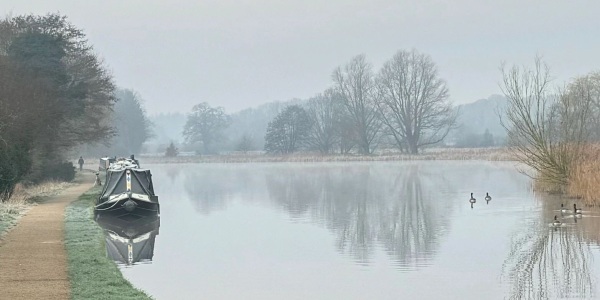We have spent the week travelling the Leeds and Liverpool canal across West Lancashire, finishing up in Reedley Marina, near Burnley. We have moored in a marina because it is a safe place to leave the boat while we spend ten days back up in Scotland. Despite spending more than half the year living on our narrowboat, we still own a house for the winter months and have returned to get a few jobs done. I have a dental appointment, a blood test and a big birthday to celebrate.

Arriving back at the house has made me think of the five things I prefer, living in bricks and mortar to on the water:
1. A house is so much bigger. On a boat we have to think carefully before acquiring anything because the space is so limited
2. Our house has a bath. The shower on the boat is great and after a day’s boating the water is toasty warm, but I do like a long soak in the evening.
3. When things break it is usually less catastrophic. There are things I need to fix around the house but they are not critical. When I reversed the narrowboat into a wall this week, the rudder was knocked from the “cup” it sits in and the whole boat became unsteerable. Fortunately my son Martin was with us, and jumped into the canal to reseat it.
4. We have a car in the drive. When we are on our long cruises we don’t use our car because it is simply too difficult to keep moving the car to be near the boat. This may be better for the environment, but it does make things more difficult when we need to get anywhere away from the canal.
5. The full fibre broadband to our house is super fast. We do like to have fast internet, for browsing or streaming. On the boat we have three different mobile networks on our phones and the wifi router to try to make sure we have good access, but sometimes in cuttings and out of town, it can be a problem.
There are also good reasons that living on a narrowboat is better than living in a house.
1. Life on a boat is simpler. We don’t have so much “stuff” and we have learnt that we don’t need it. We shop locally. We talk about simple things such as where we are going tomorrow, and what to have for tea.
2. The views are stunning. Our house is on a Main Street with road noise. Our boat can be in a different mooring every day, Last week we passed through some pretty run down industrial canals in Blackburn and Burnley, but we still found one of the prettiest moorings between the two towns, on an embankment, next to a golf course, with incredible views across to the Pennines.
3. Exercise is part of our lives. We don’t have to think about needing to go to the gym or for a run. After 21 locks, we are pretty exhausted and it feels good.
4. The dogs are more settled. Lulu in particular, runs around the house sniffing at walls and barking at pigeons. On the boat she just jumps onto the sofa next to Mandy, and cuddles.
5. The community on the canals and rivers is more friendly. We have good neighbours in Scotland, but travelling along, locking together or just meeting people on the towpath, everyone wants to help, everyone has a story to tell. By nature I am pretty antisocial, but not when we are on the boat.
I guess we are very lucky to have the house and a narrowboat. But if I had to choose, I would choose living on a boat. It is a good life.



